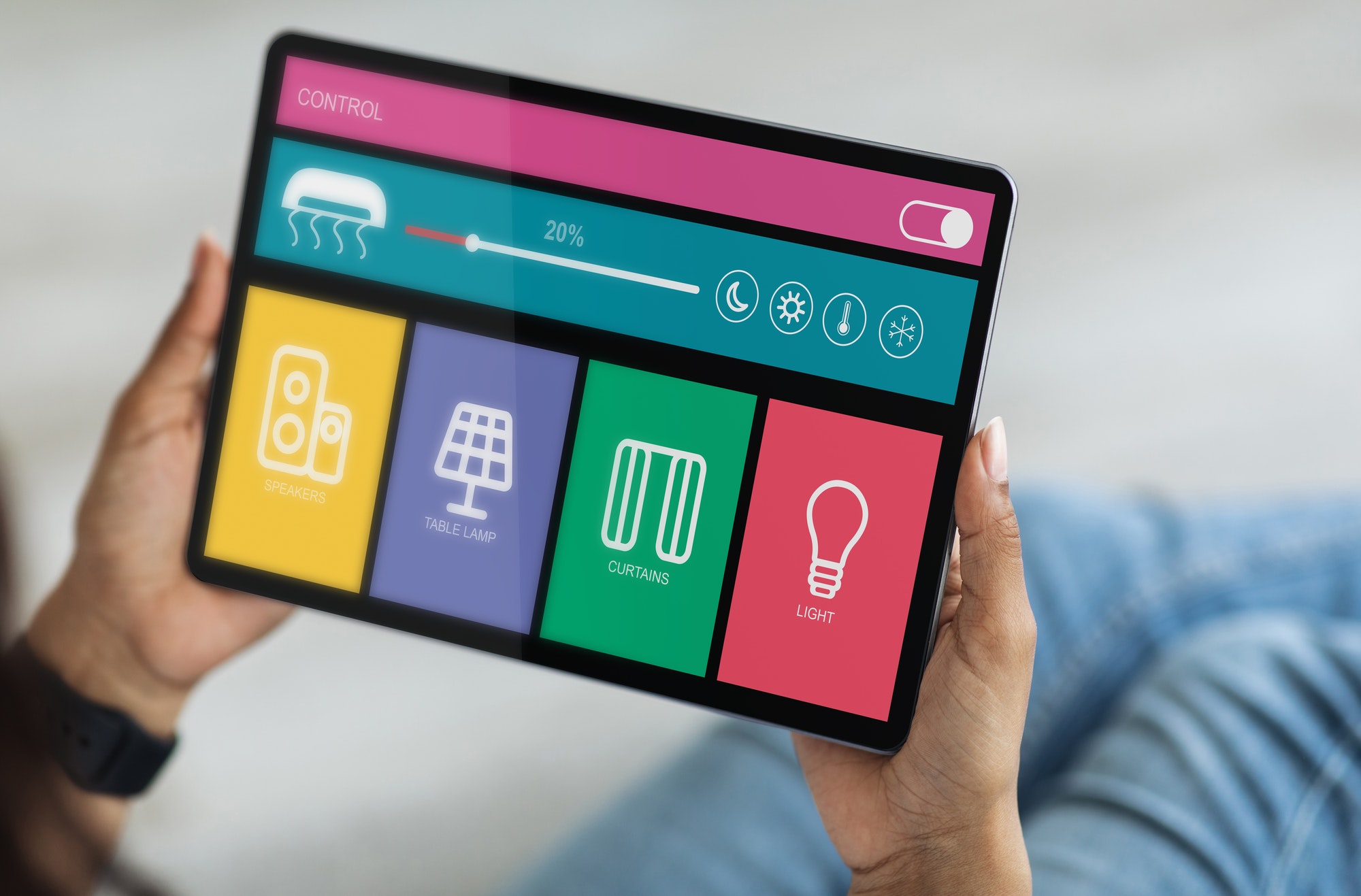Introduction
In today’s digital era, the rise of artificial intelligence (AI) has been a double-edged sword, offering remarkable advancements and posing new challenges. One such challenge is the need to detect and monitor AI-generated content, leading to the development of AI Detector Software. This article delves into the intricacies of AI detector software, exploring its evolution, features, applications, and the challenges it faces.

What is AI Detector Software?
AI Detector Software refers to tools designed to identify content generated by artificial intelligence. These software solutions are increasingly crucial as AI becomes more sophisticated in creating realistic texts, images, videos, and even audio.
The Evolution of AI Detector Software
The journey of AI detector software has been marked by rapid advancements, mirroring the growth of AI itself. Initially, these tools were simple, designed to catch basic AI-generated content. Today, they are sophisticated systems capable of identifying even the most advanced AI outputs.
Key Features of AI Detector Software
A crucial aspect of AI detector software is its array of features designed to ensure accuracy, efficiency, and user convenience.
Accuracy and Efficiency
At the core of AI detector software is its ability to accurately distinguish AI-generated content from human-created material. This precision is vital in maintaining the integrity of digital content.

User-Friendly Interface
A user-friendly interface is essential for ensuring that the software can be effectively used by individuals without technical expertise in AI.
Integration Capabilities
The ability to integrate seamlessly with existing systems and platforms enhances the versatility and utility of AI detector software.
Applications of AI Detector Software
AI detector software finds its use in various domains, each with its unique requirements and challenges.
In Digital Media
In the realm of digital media, AI detector software helps maintain the authenticity of content, ensuring that AI-generated material is appropriately identified and labeled.
In Cybersecurity
In cybersecurity, this software plays a critical role in identifying AI-powered cyber threats, contributing significantly to the security of digital spaces.

In Academic Research
Academic institutions utilize AI detector software to maintain the integrity of research, ensuring that AI-generated content does not compromise academic standards.
Challenges in AI Detection
Despite its advancements, AI detection faces significant challenges, particularly in keeping pace with rapidly evolving AI technologies.
Dealing with Advanced AI
As AI continues to advance, detector software must evolve to detect increasingly sophisticated AI-generated content.
Ethical Considerations
The deployment of AI detector software raises ethical questions, particularly regarding privacy and the potential for misuse.
Future of AI Detection Technology
Looking ahead, the future of AI detection technology is poised for further growth, adapting to emerging AI trends and maintaining the delicate balance between innovation and regulation.
Conclusion
AI Detector Software represents a vital tool in our digital arsenal, allowing us to navigate the complexities of an AI-driven world. As we continue to witness the evolution of AI, the role of these detection systems becomes increasingly significant, ensuring the authenticity and security of digital content.

FAQs
- What is the main purpose of AI Detector Software?
AI Detector Software primarily aims to identify content generated by artificial intelligence. In a world where AI can produce realistic texts, images, and even videos, this software helps distinguish between human and AI-created content, ensuring authenticity and integrity in various domains, from digital media to academic research. - How does AI Detector Software identify AI-generated content?
These software systems use advanced algorithms and machine learning techniques to analyze patterns and characteristics typical of AI-generated content. They look for telltale signs that are usually absent in human-created material, such as certain repetitive patterns, unnatural language structures, or overly perfect imagery in visual content. - Can AI Detector Software be used by individuals without technical backgrounds?
Absolutely! One of the key features of modern AI Detector Software is its user-friendly interface. This means that even individuals without a deep understanding of AI or technical skills can effectively use the software. Simplicity in design and ease of use are prioritized to make AI detection accessible to a broader audience. - What are the ethical considerations in using AI Detector Software?
The use of AI Detector Software raises several ethical questions. Issues of privacy and consent are paramount, especially when it comes to scanning and analyzing content. There’s also the matter of how these tools might be used – or misused – in censorship or controlling information. It’s crucial that these ethical considerations are addressed to ensure the responsible use of this technology. - How is AI Detector Software expected to evolve in the future?
As AI technology continues to advance, we can expect AI Detector Software to evolve in tandem. Future iterations of these tools might feature even more sophisticated algorithms capable of identifying highly advanced AI-generated content. There’s also the potential for greater integration with other technologies and platforms, enhancing their utility and application in various fields. The key will be to balance innovation with ethical considerations and practicality.
Sources EWeek


